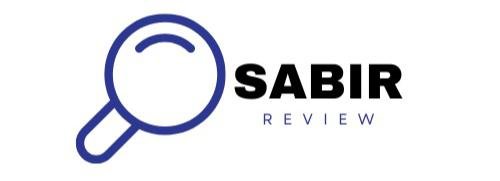
Introduction
- Definition of Project-Based Learning (PBL)
- Overview of the importance of engaging students in real-world problem solving
- Brief mention of the benefits of PBL for student learning and development
Section 1: Understanding Project-Based Learning
- Historical context and evolution of PBL in education
- Key principles of PBL: student-driven, inquiry-based, and collaborative
- Differences between traditional learning and PBL
Section 2: The Benefits of Project-Based Learning
- Enhances critical thinking and problem-solving skills
- Fosters collaboration and communication among students
- Promotes deeper understanding of content
- Prepares students for real-world challenges and careers
Section 3: Designing Effective PBL Experiences
- Identifying meaningful, real-world problems for projects
- Structuring projects: timelines, milestones, and deliverables
- Integrating various subjects and skills into PBL (STEAM approach)
- Ensuring student choice and voice in project development
Section 4: Implementing PBL in the Classroom
- Steps for launching a PBL unit: planning, execution, and assessment
- Role of the teacher as a facilitator and guide
- Strategies for managing group dynamics and conflicts
- Utilizing technology and resources to support PBL
Section 5: Assessment in Project-Based Learning
- Developing rubrics for evaluating projects
- Formative vs. summative assessment in PBL
- Encouraging self-assessment and peer feedback
- Showcasing student work and reflection on learning outcomes
Section 6: Challenges and Solutions in PBL
- Common challenges teachers face when implementing PBL
- Strategies for overcoming obstacles (time management, resources, student engagement)
- Real-life examples of successful PBL implementation
Section 7: Case Studies and Success Stories
- Highlighting successful PBL projects from various educational settings
- Testimonials from teachers and students about their experiences
- Lessons learned and best practices derived from these examples
Section 8: The Future of Project-Based Learning
- Trends in education that support PBL (e.g., personalized learning, competency-based education)
- The role of PBL in developing essential skills for the future workforce
- Encouraging a culture of innovation and creativity in education
Conclusion
In today’s rapidly changing educational landscape, Project-Based Learning (PBL) stands out as a transformative approach that actively engages students through real-world problem solving. By immersing learners in meaningful projects, PBL not only fosters critical thinking and collaboration but also nurtures a deeper understanding of subject matter. As educators, embracing PBL allows us to prepare our students not just for exams, but for the complexities of the world beyond the classroom.
Through careful design and implementation, we can create a classroom environment that encourages creativity, innovation, and resilience. By involving students in projects that reflect genuine challenges and incorporating their voices in the learning process, we empower them to take ownership of their education.
The success stories and best practices discussed throughout this post illustrate the profound impact PBL can have on both students and teachers. As we continue to adapt our teaching methods to meet the needs of a diverse student population, let us commit to integrating Project-Based Learning into our curricula. By doing so, we can inspire the next generation of problem solvers and critical thinkers, equipping them with the skills they need to navigate an ever-evolving world.
Now is the time for educators to embrace the power of Project-Based Learning and foster a culture of inquiry, engagement, and growth in our classrooms. Together, we can transform education into a dynamic journey of discovery and learning.
